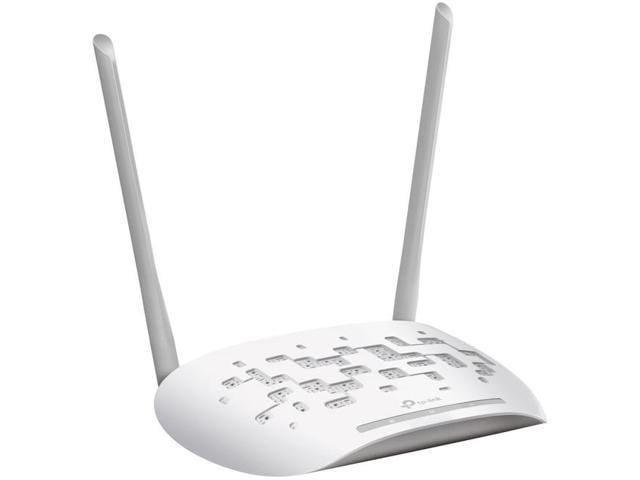It's not that you're grounding the cable really, I was thinking you're really supposed to have surge suppressors on each end incase of a lightning strike to at very least protect the equipment on the end from getting fried and at very worst starting a fire, the media converters and a patch cable to make the fiber link work aren't all that expensive and then you don't have to worry about lightning strikes frying your equipment, well unless a strike effects your power source and whatever surge protector you're using isn't able to get it, but that should be less of an issue than a lightning strike affecting a low voltage signaling cable where the equipment on neither end is designed to protect itself against a strike.
The end device, assuming he isn't using PoE, would already be grounded, if required, through the power connection.
And even with PoE, many devices aren't grounded because it isn't part of the standard. Even outdoor AP's don't have ground connectors on them. I think you are foreseeing an issue here that doesn't really exist with the technology. A POTS line or cable, that originates from a telephone pole, from some distant CO, that's run adjacent to power wires and is connected to something that could experience a lightning strike at some point, like an HV transmission tower, typically carry some form of ground for that reason. When you are doing a simple run between two buildings, the vulnerability is on your power side, where it connects to the mains, or your ISP side, which, if cable or DSL will already be grounded. The short run between buildings is just data, and the presence, or absence, of a ground, isn't going to make a lick of difference.
There's no provision for a ground connection on most ethernet connected devices, even those that are fed over PoE, so what would you be grounding? Fibre guarantees that you'll have to use mains power to run the AP, at which point that device is now coupled to a source that could experience a surge.
I use fibre on runs that require fibre, such as those that are 10+Gig or significant distance. If the run can be ethernet, it's ethernet.


